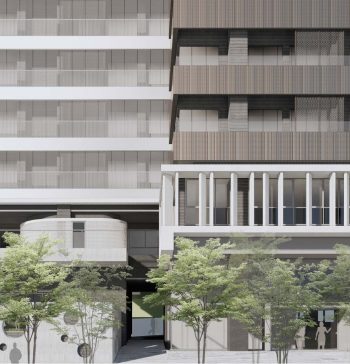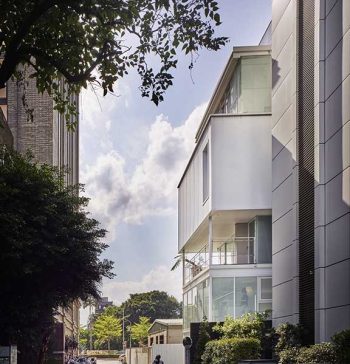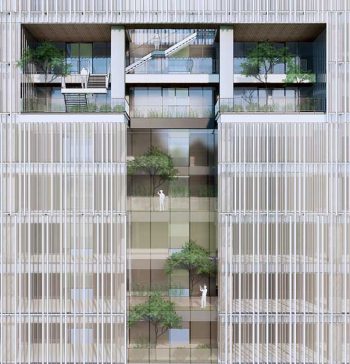路徑
人總在空間中移動,賦予這個移動意圖與想像就產生了「路徑」。「路徑」在乎的是人透過身體在空間中的感受,人在建築中的存在感。「路徑」關乎建築的生與死!柯比意曾説:「一個建築作品是活著的或是死的,端看漫遊和穿越其中的經歷」。
郭旭原與黃惠美對於建築空間中路徑意義的體會,很大一部份是從園林和旅行而來。路徑的計畫或許可以很自由而圖象,但身體在空間中的體驗卻是現象的。人的移動是在時間中進行,有了時間就有了序列,建築就有了不一樣的內涵。春夏秋冬四季,白天黑夜晨昏,不同的時序,不同的光影和風,時時喚起感知體驗空間。
Pathways
People are always moving in space, and by imparting intention and imagination to this motion, we create ‘pathways.’ Pathways are related to the experience of bodies in space and our sense of belonging within architecture. Pathways factor into the life or death of architecture itself! Le Corbusier once said, “Architectural works can be divided into dead and living ones depending on whether the law of ‘roaming through’ has not been observed or it has been obeyed.” Kuo and Huang’s understanding of pathways in architecture comes primarily from their experiences with gardens and travels. The planning of a path may be completely free and graphic, but the experience in space is a physical phenomenon. People’s movements take place in time. With time, there will be sequences which then create essence for architecture. The four seasons – spring, autumn and winter – as well as day and night, morning and evening, all have their unique lights, shadows and breezes. In every moment, time and sequence evoke our perceptions and experiences of space.





